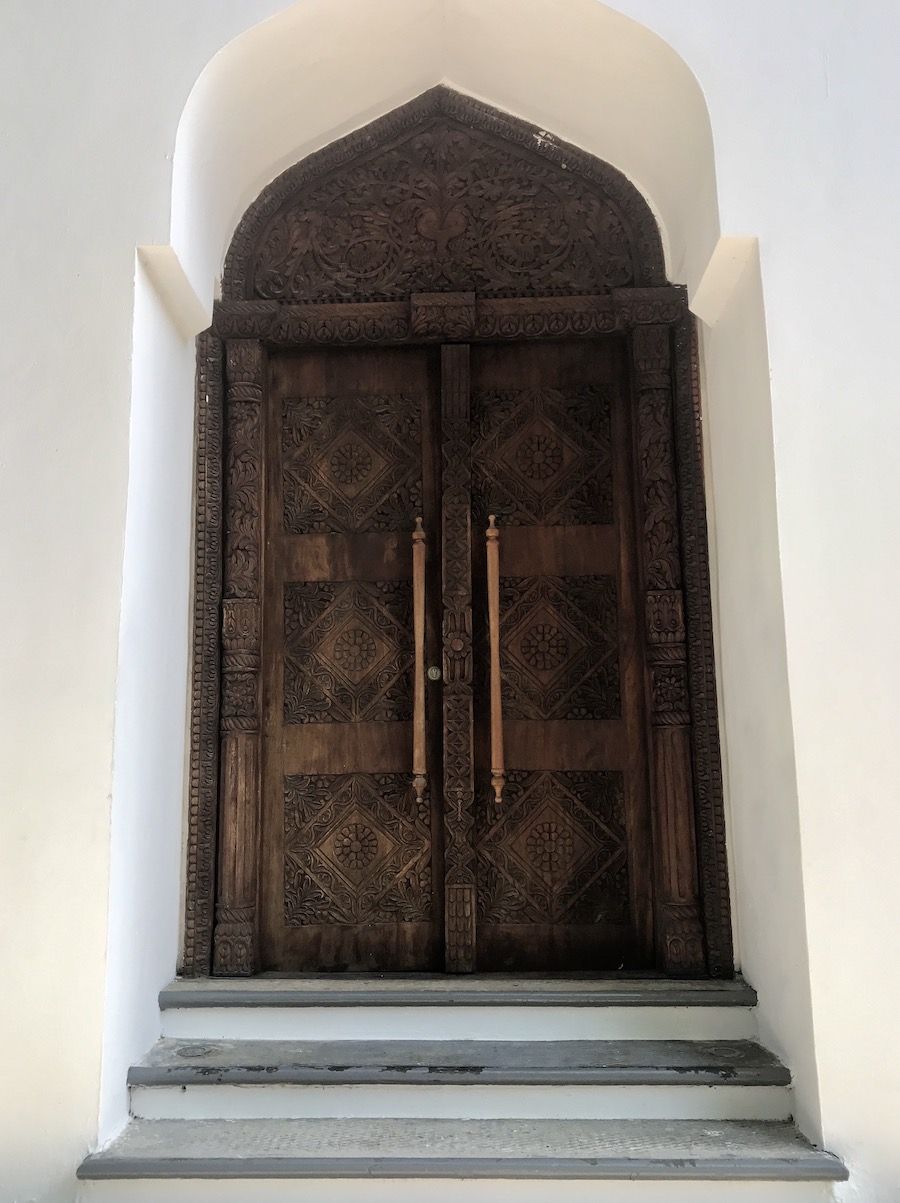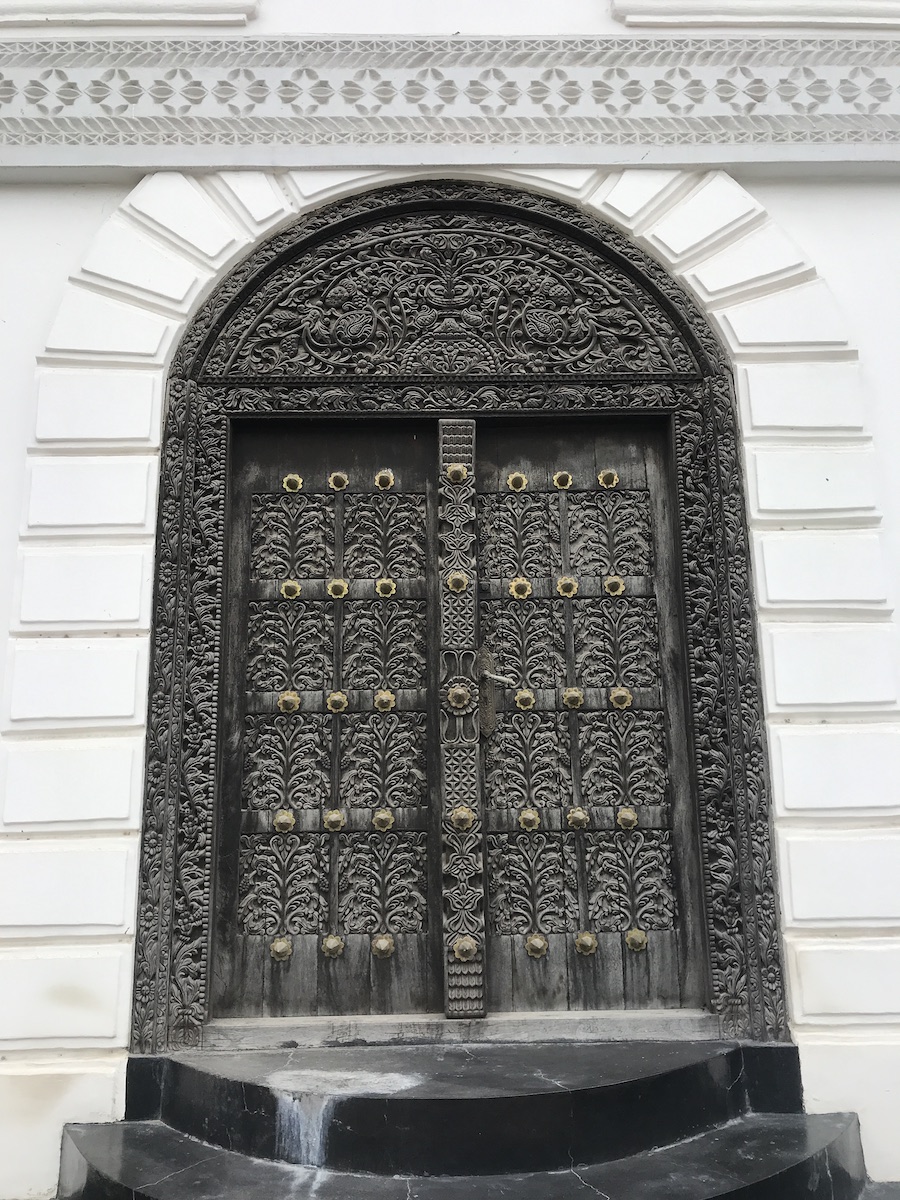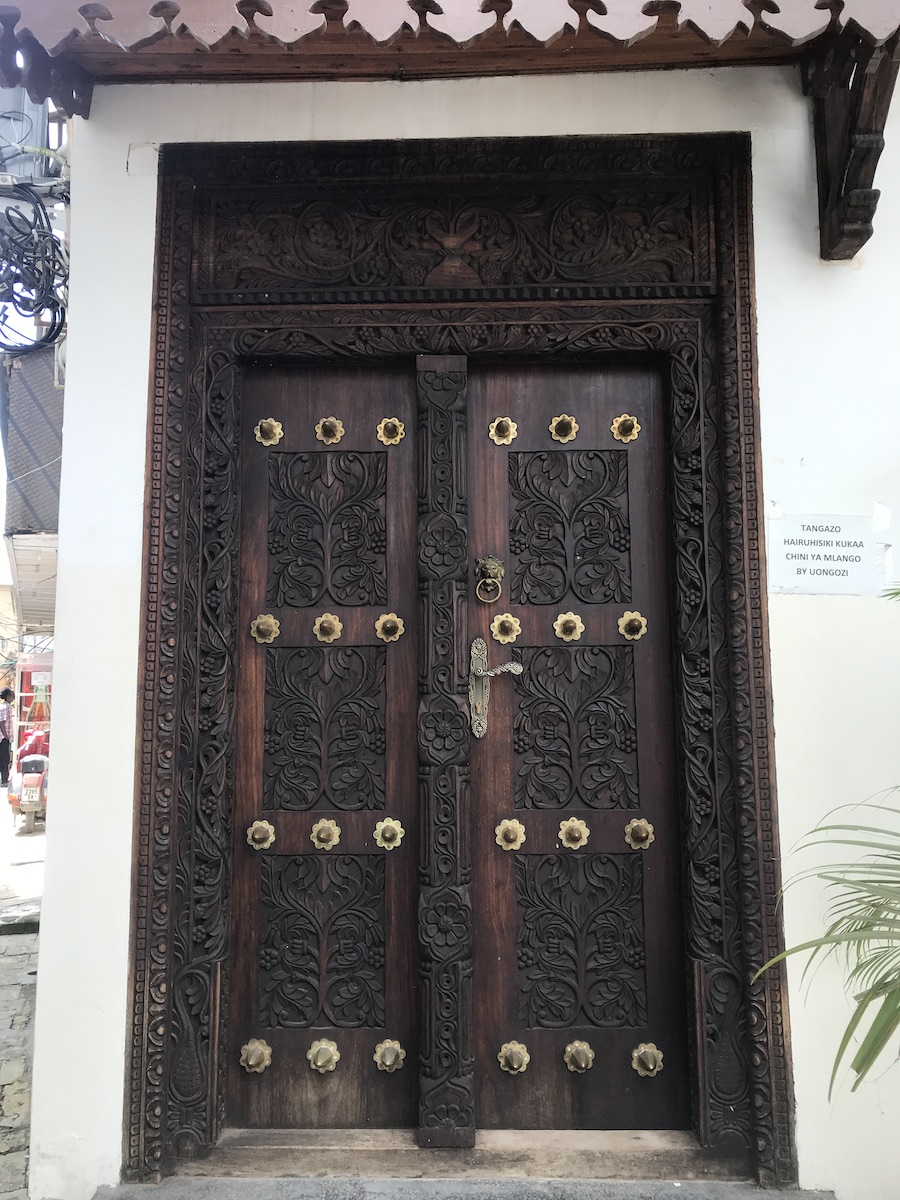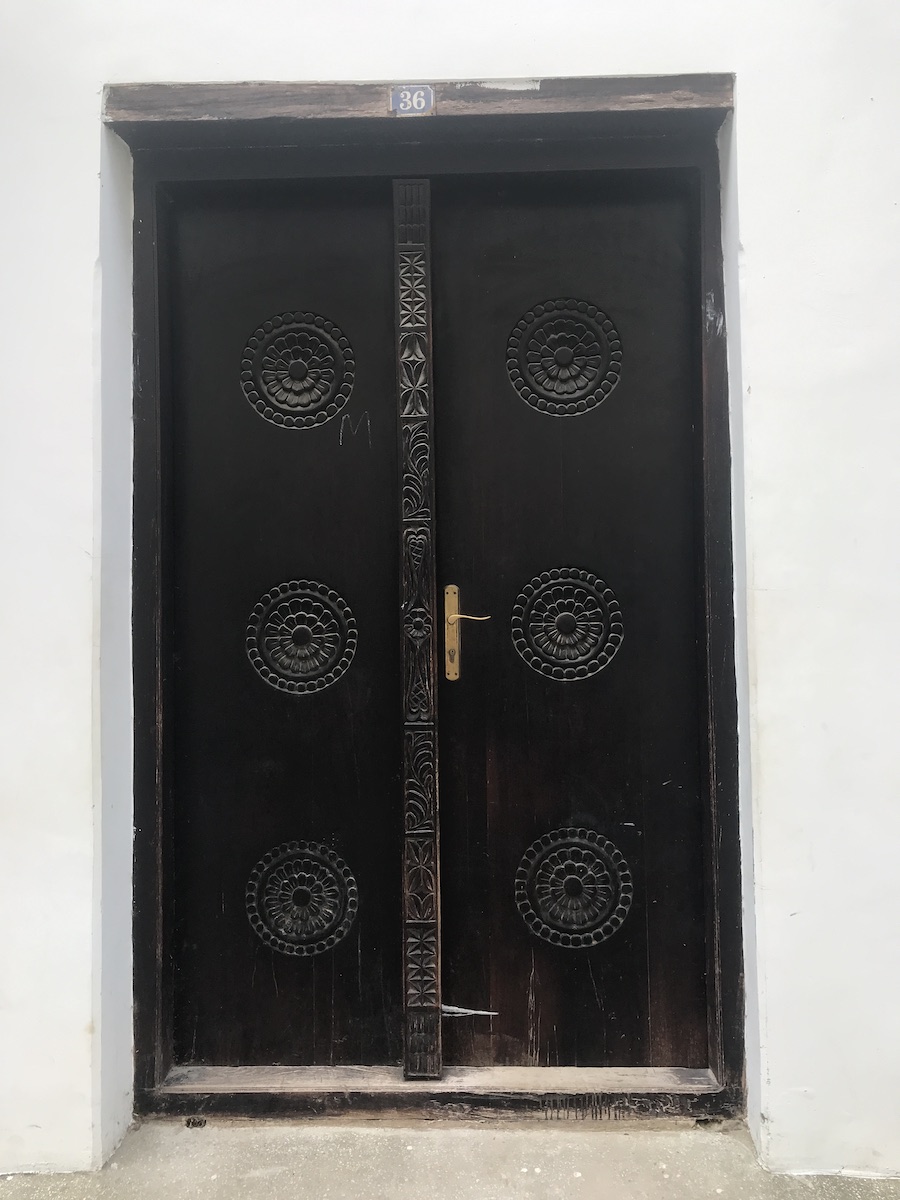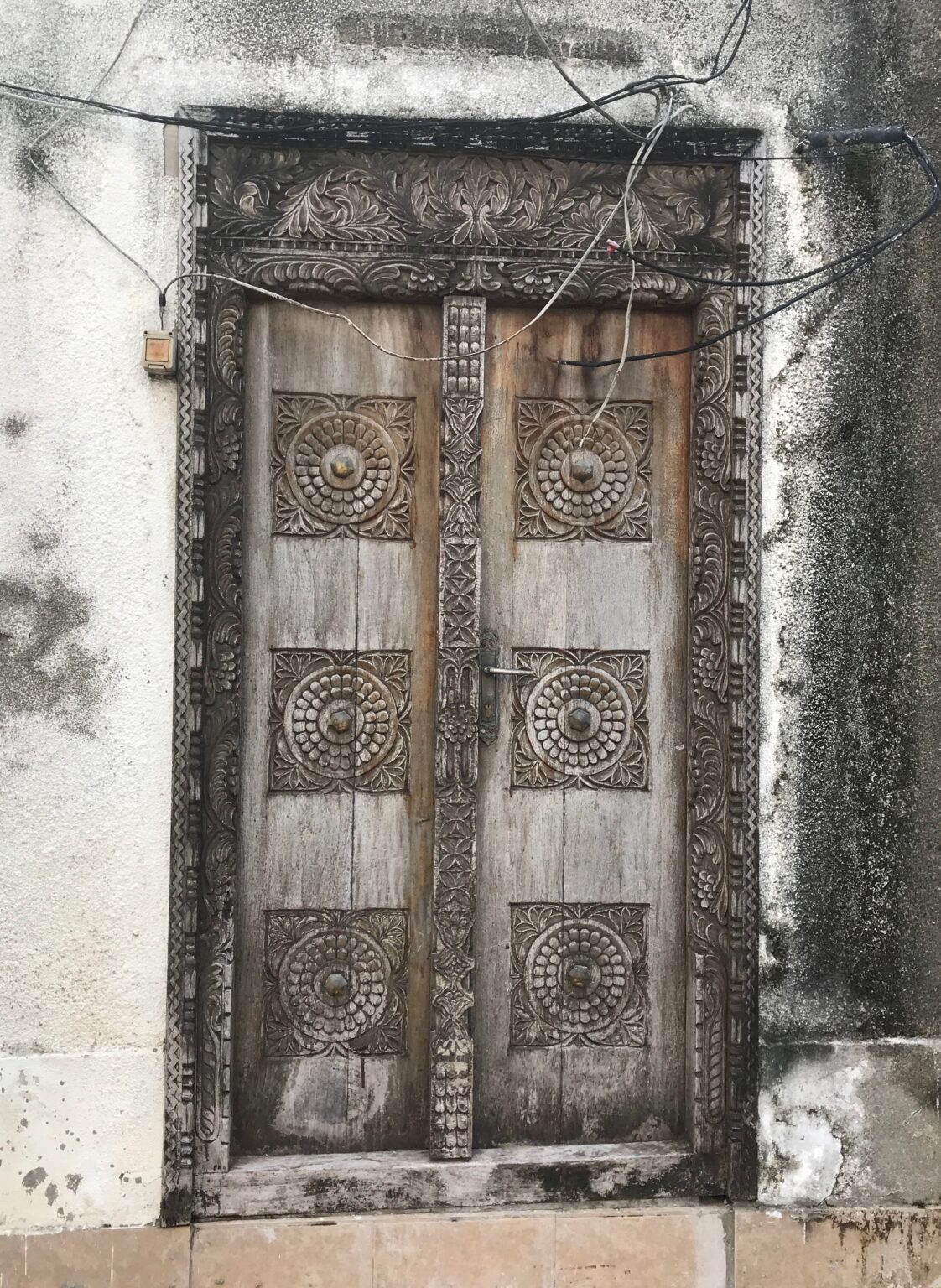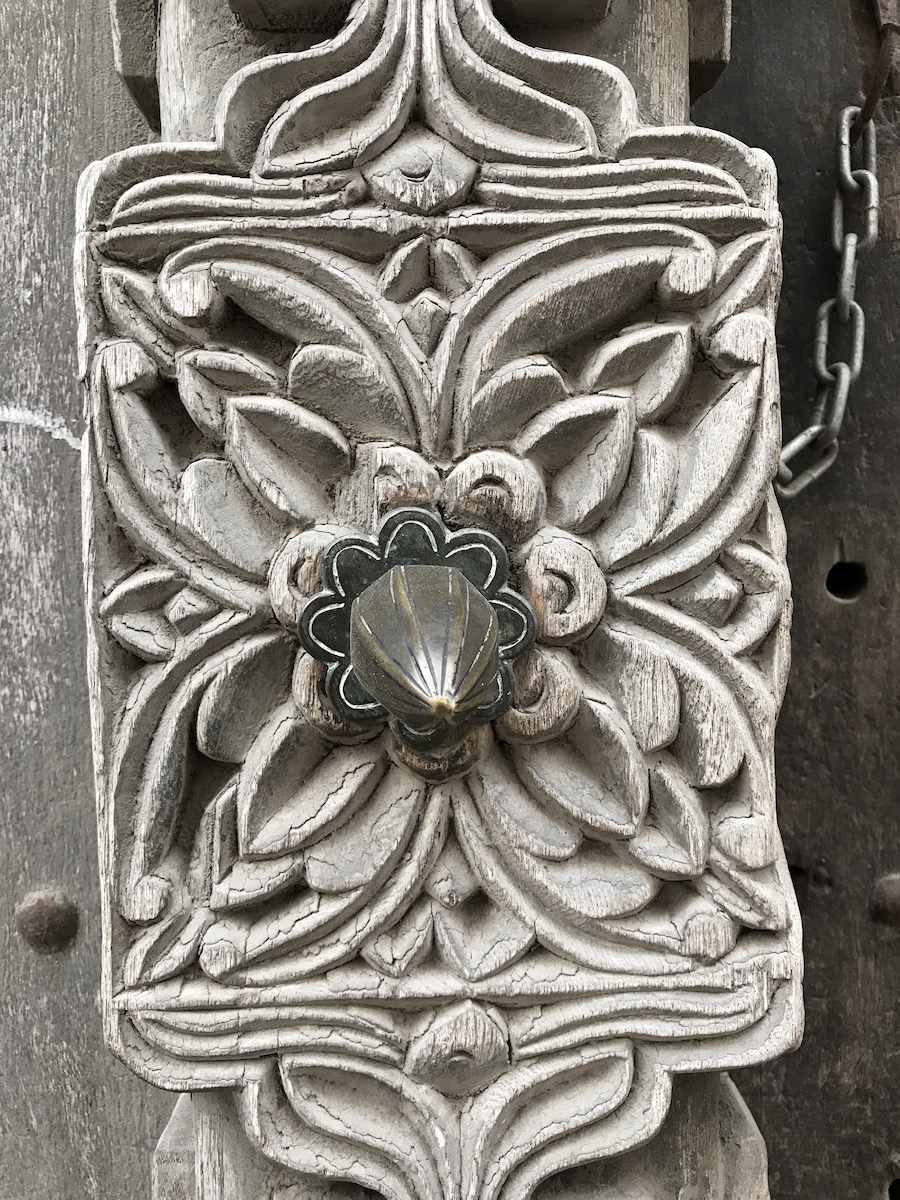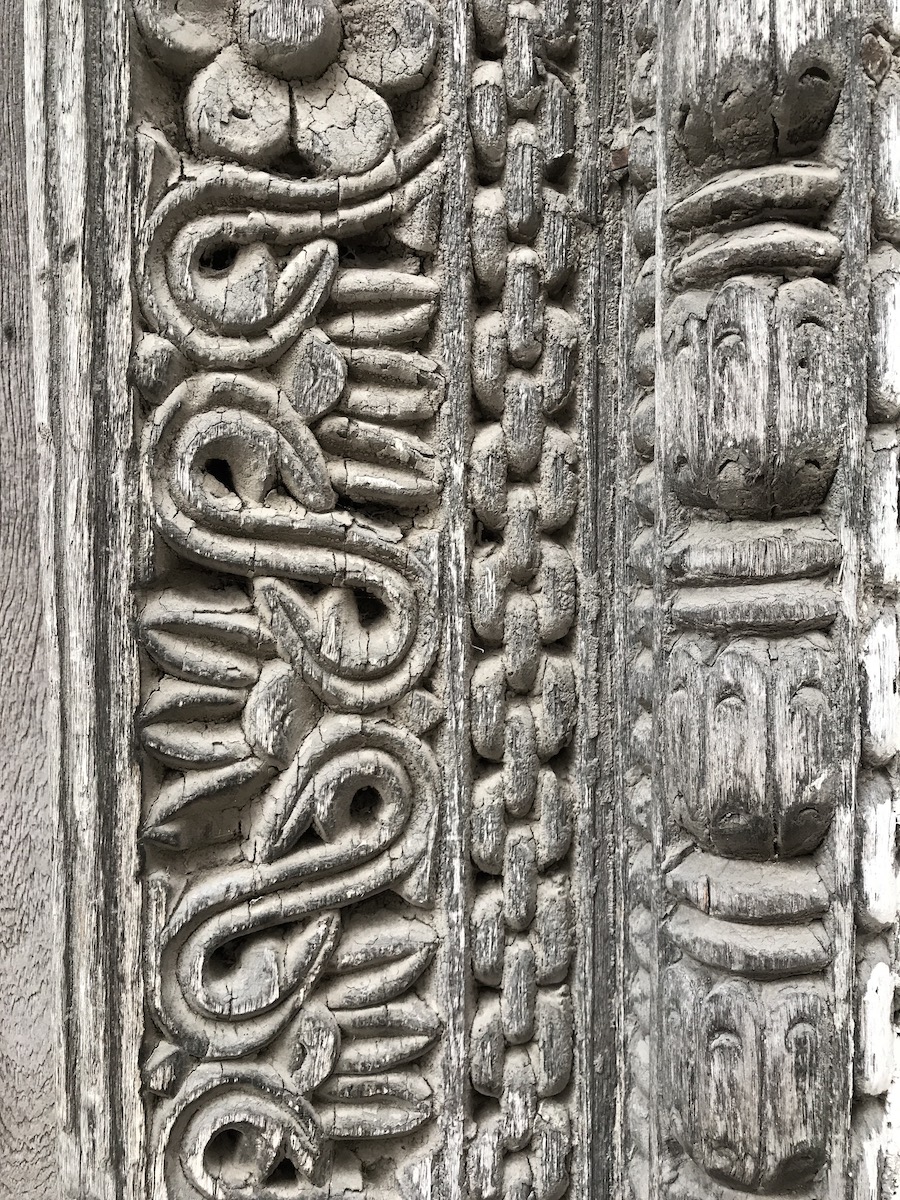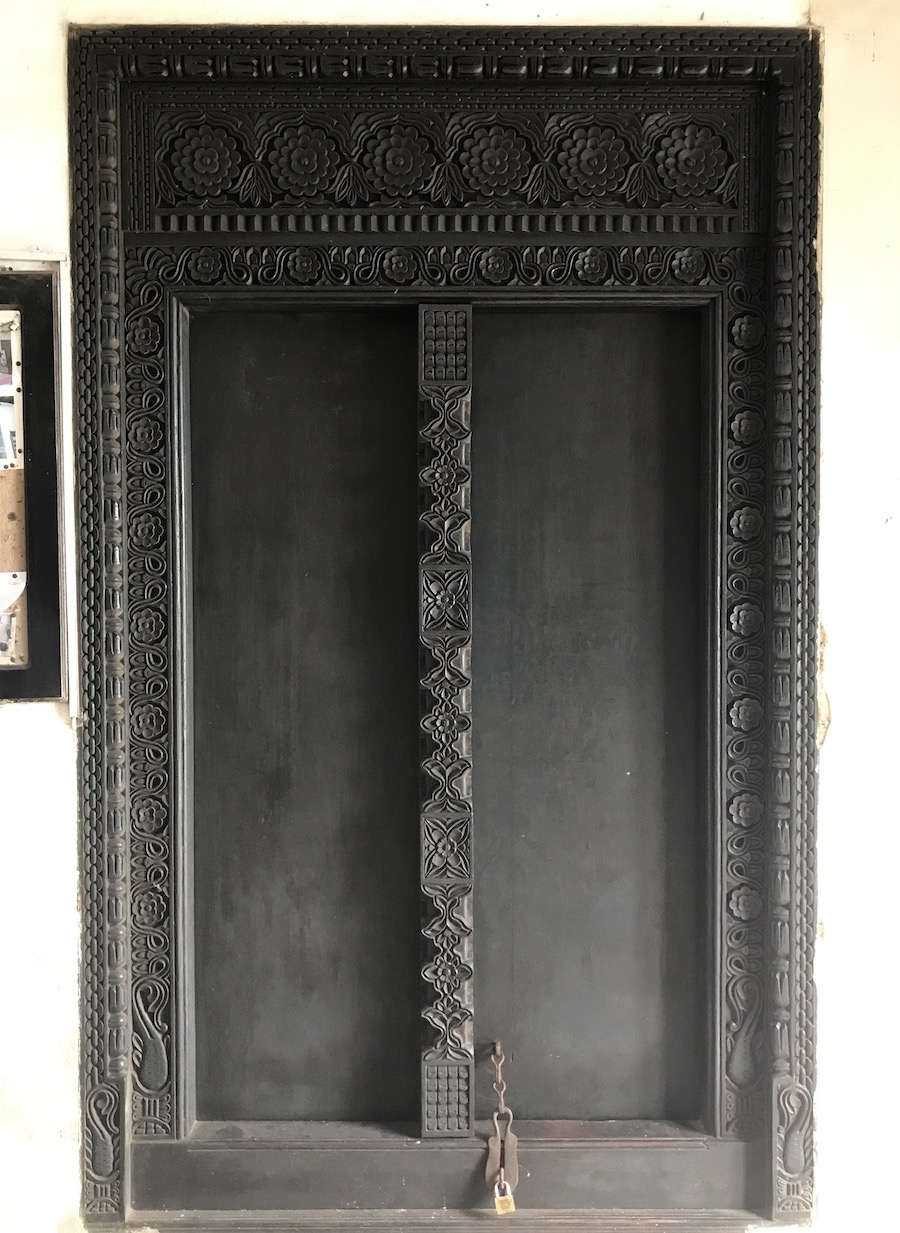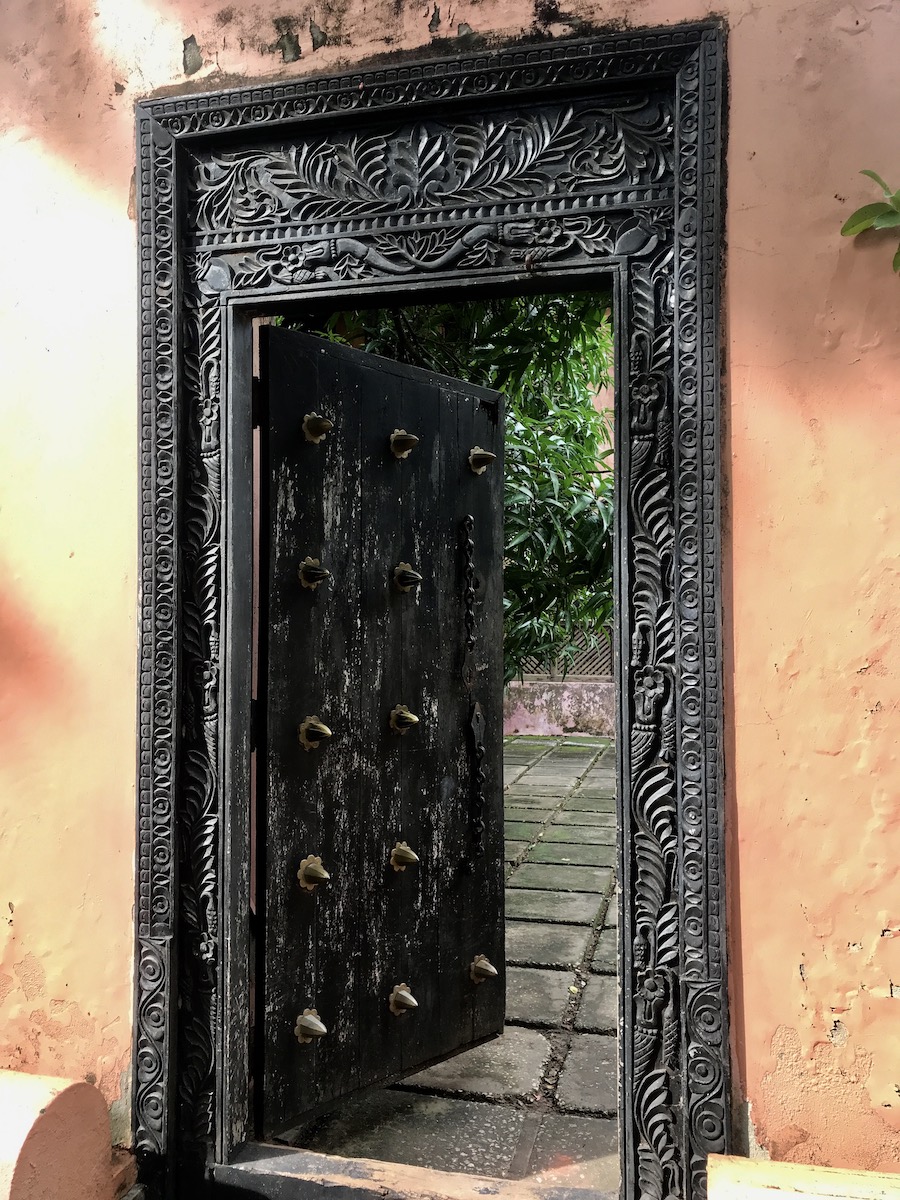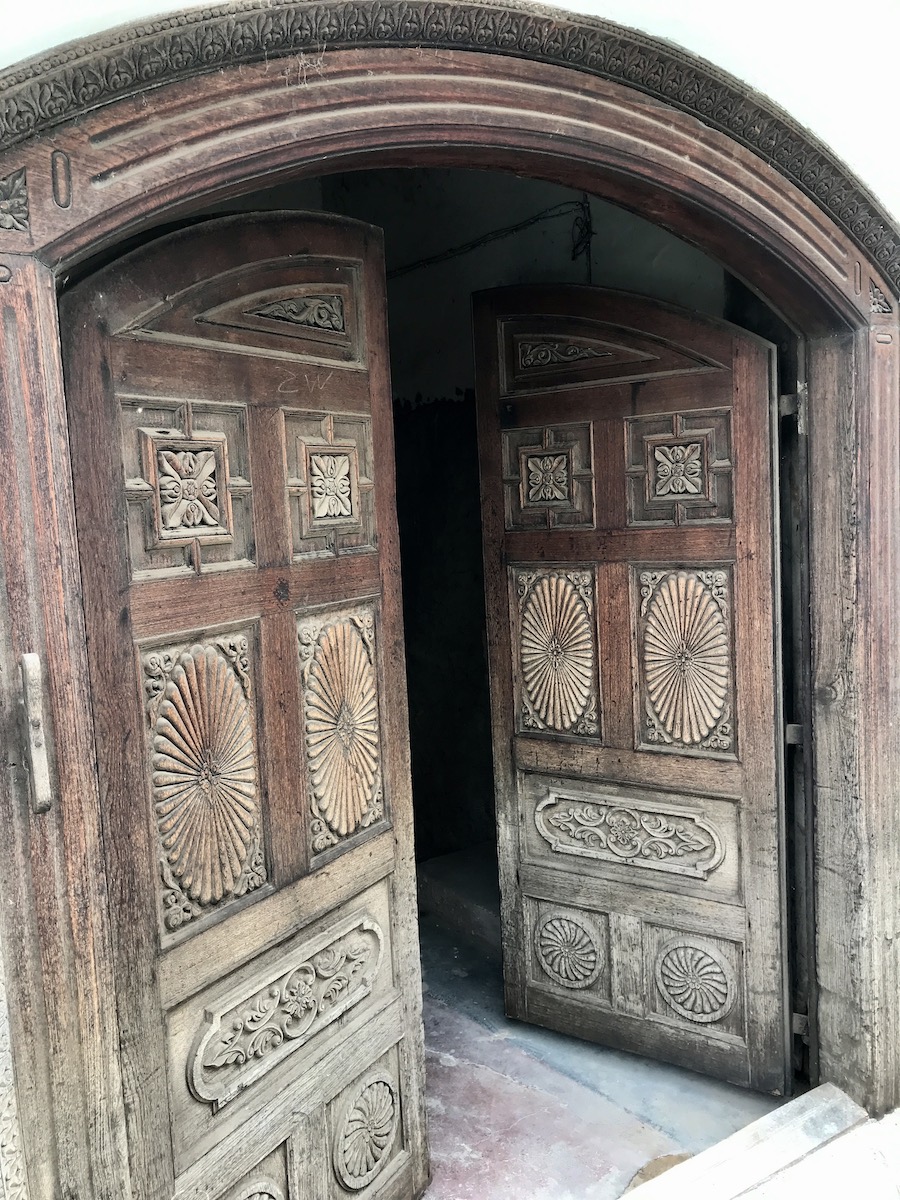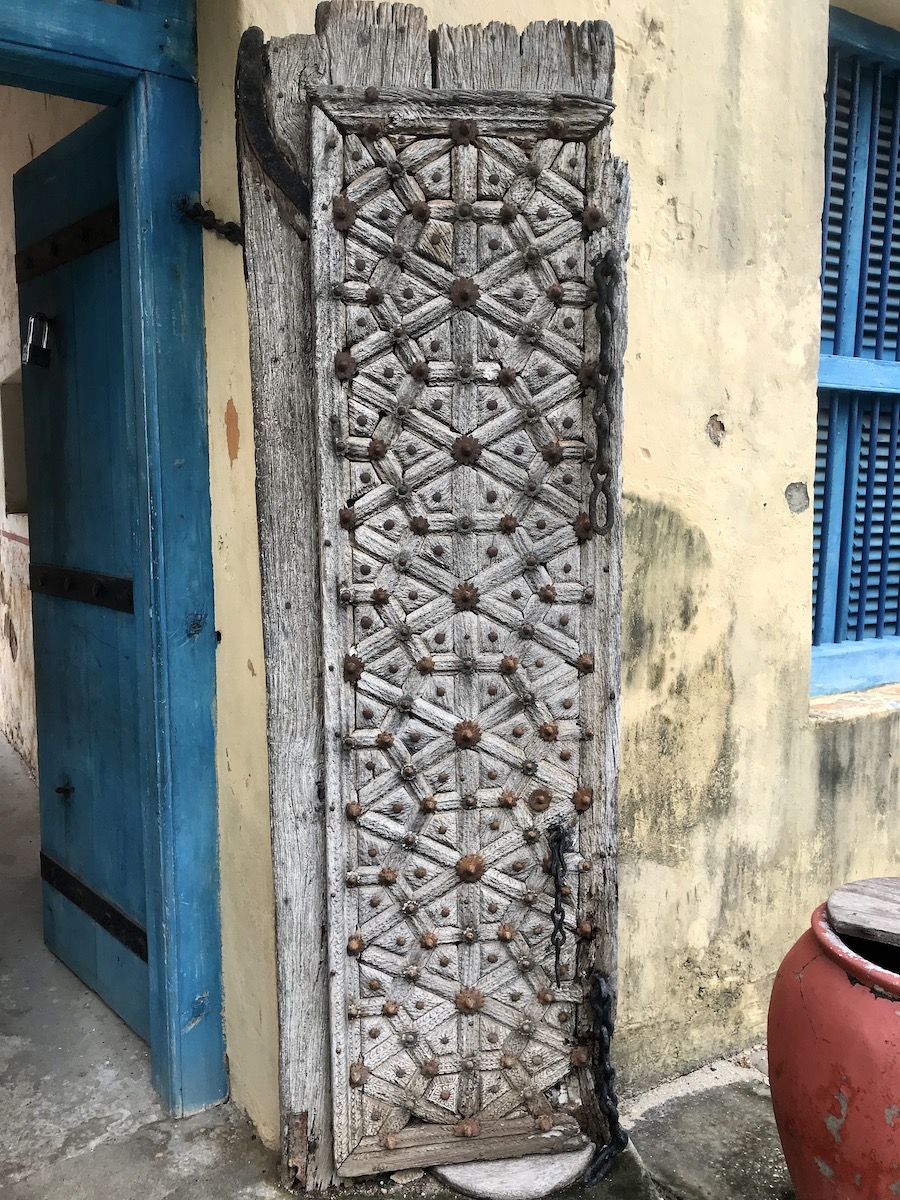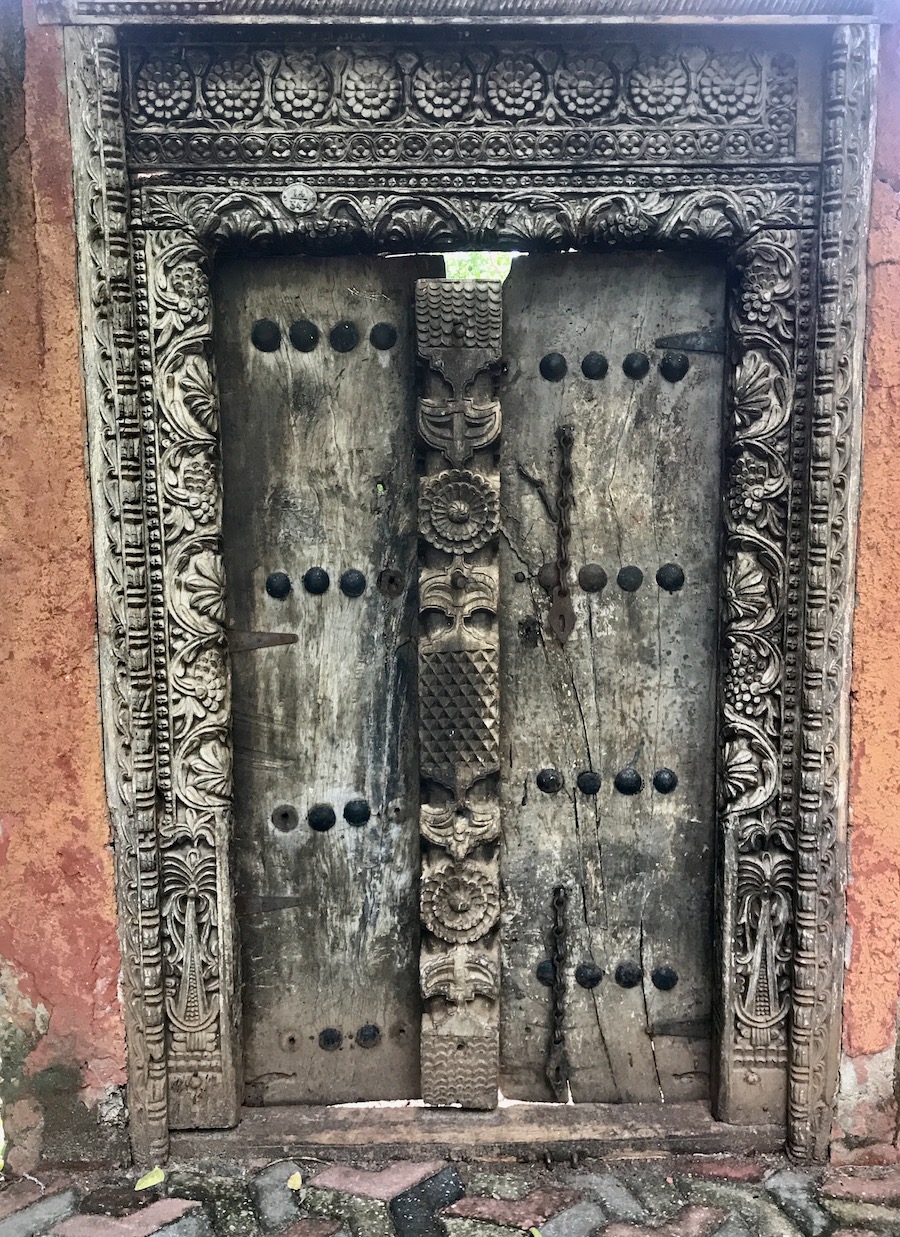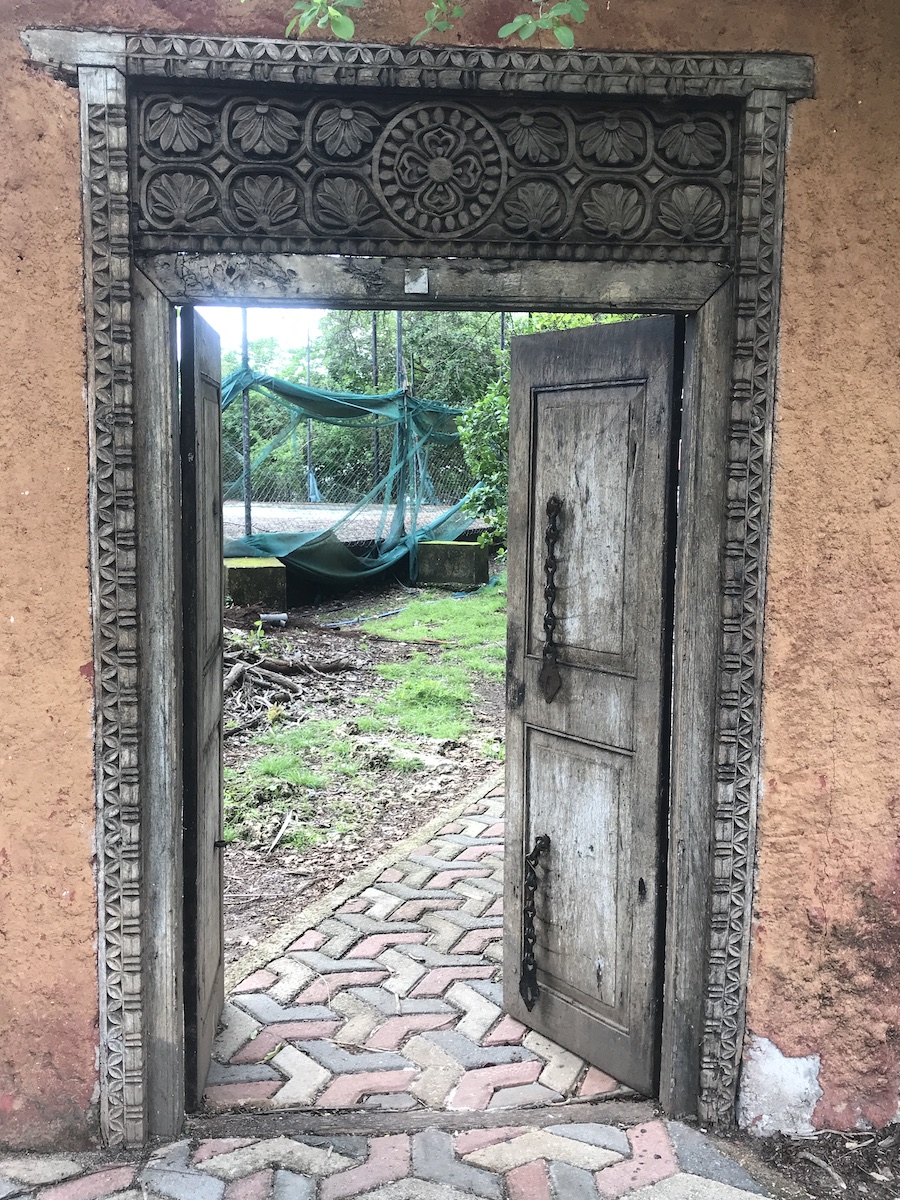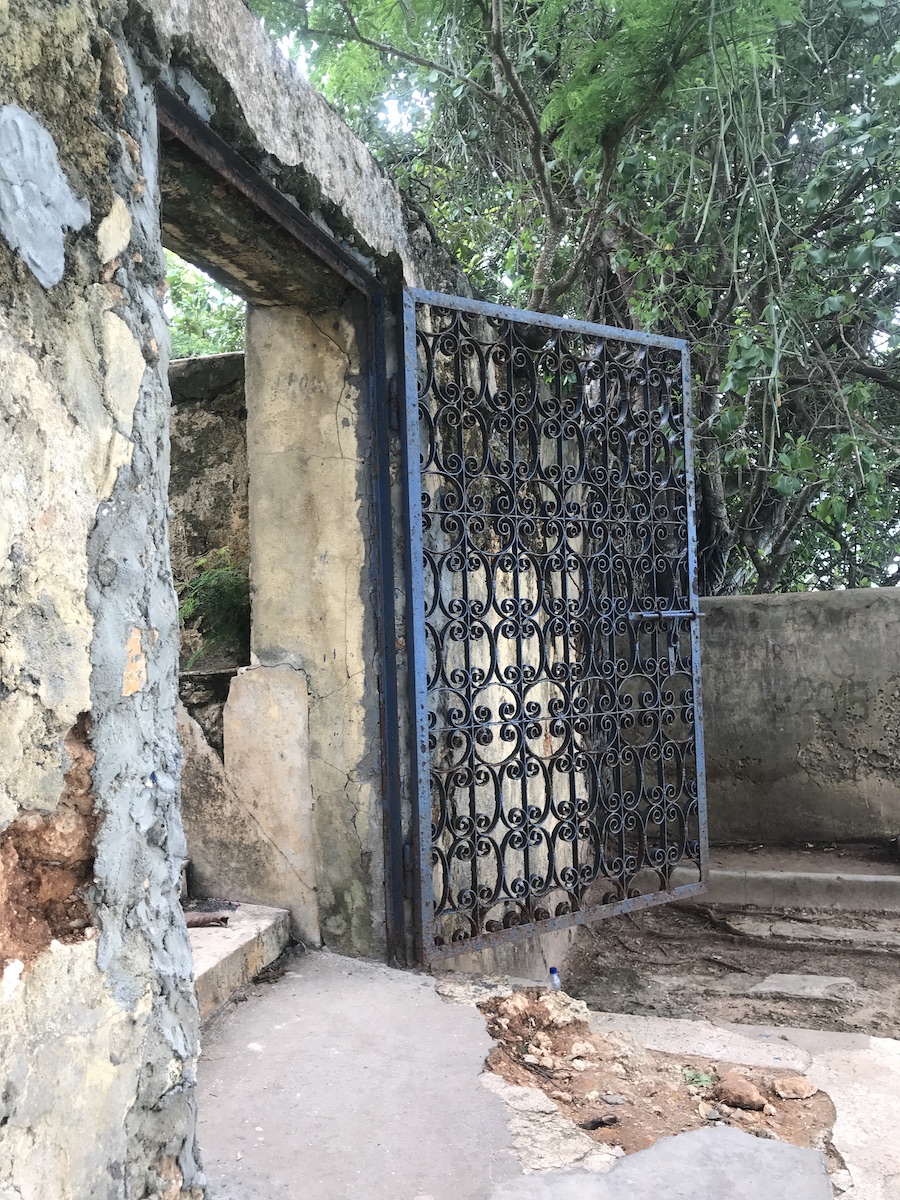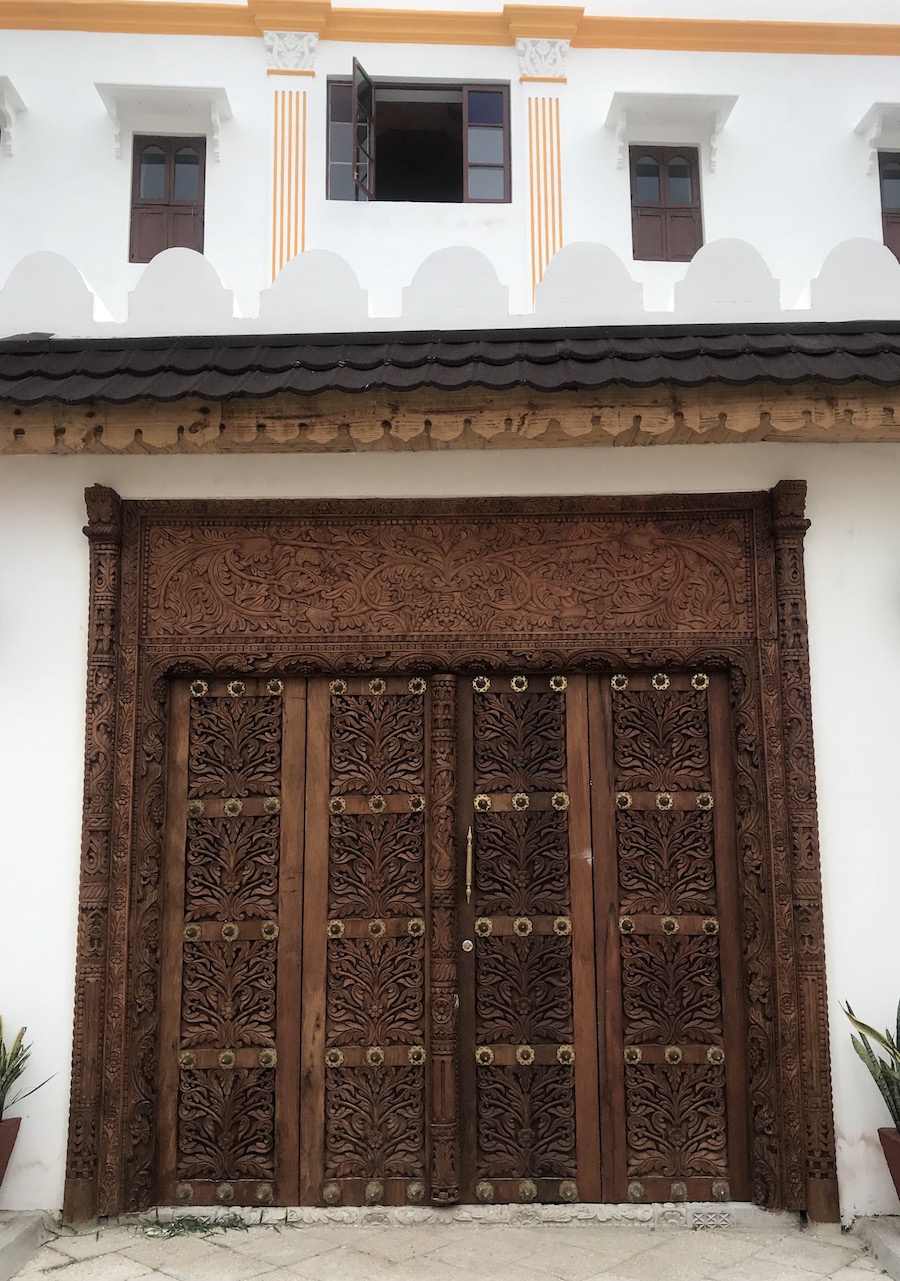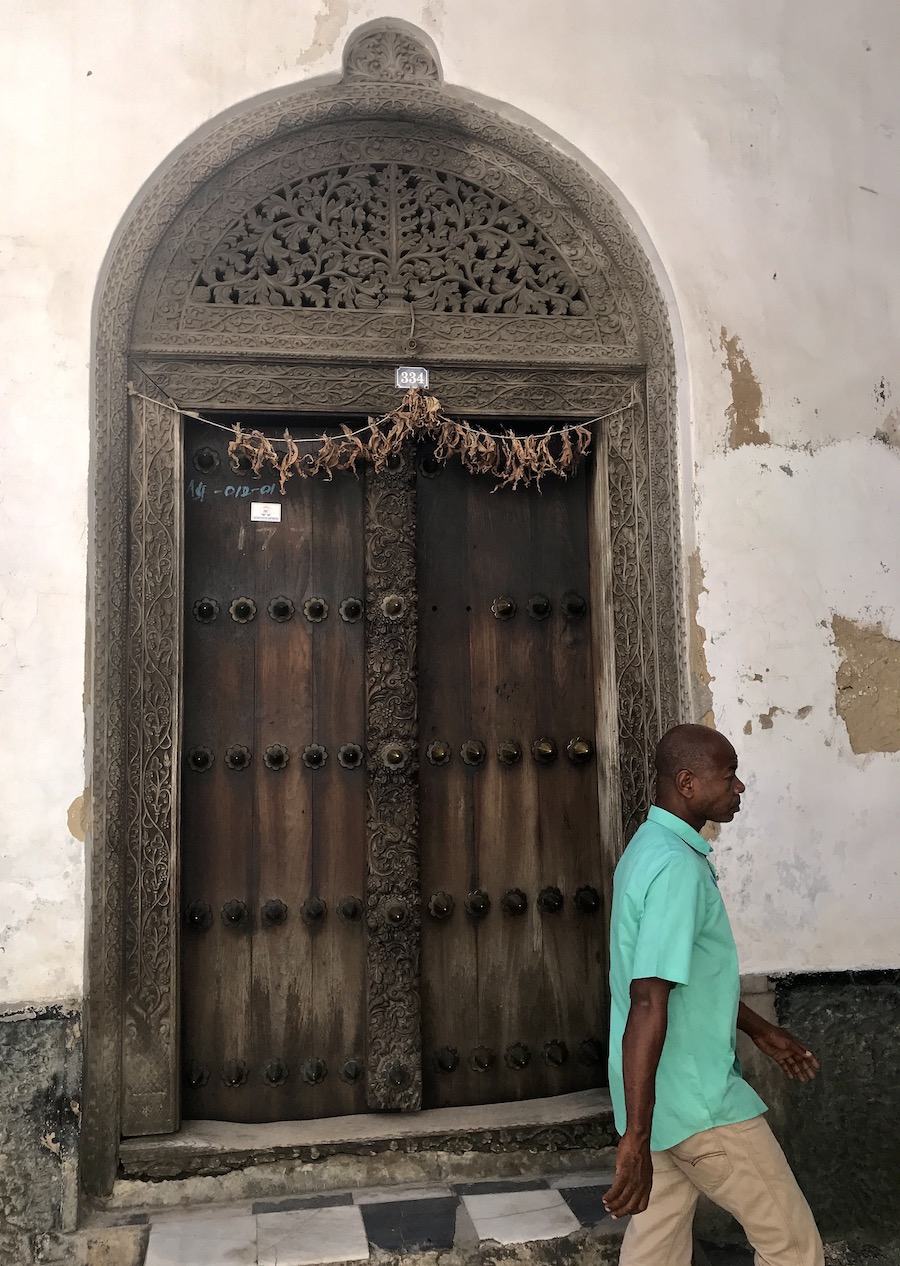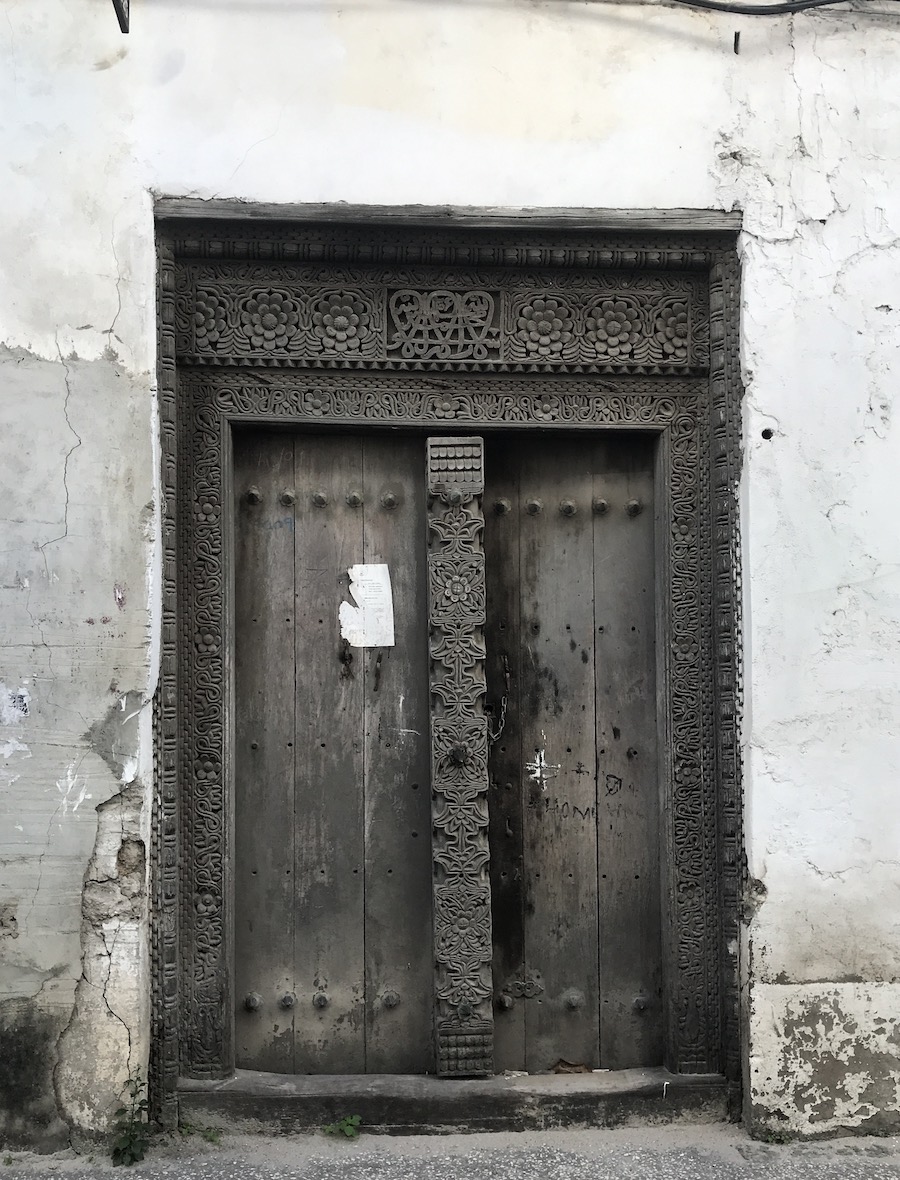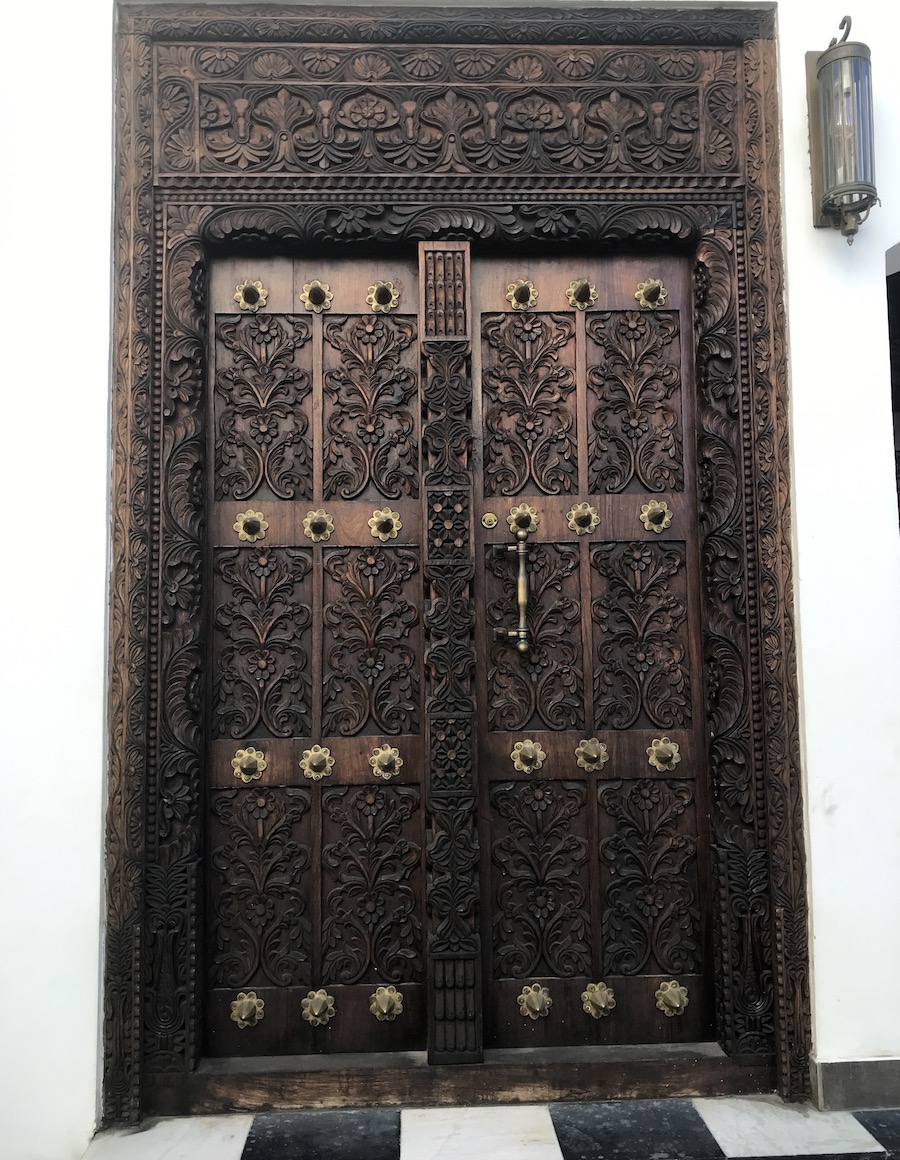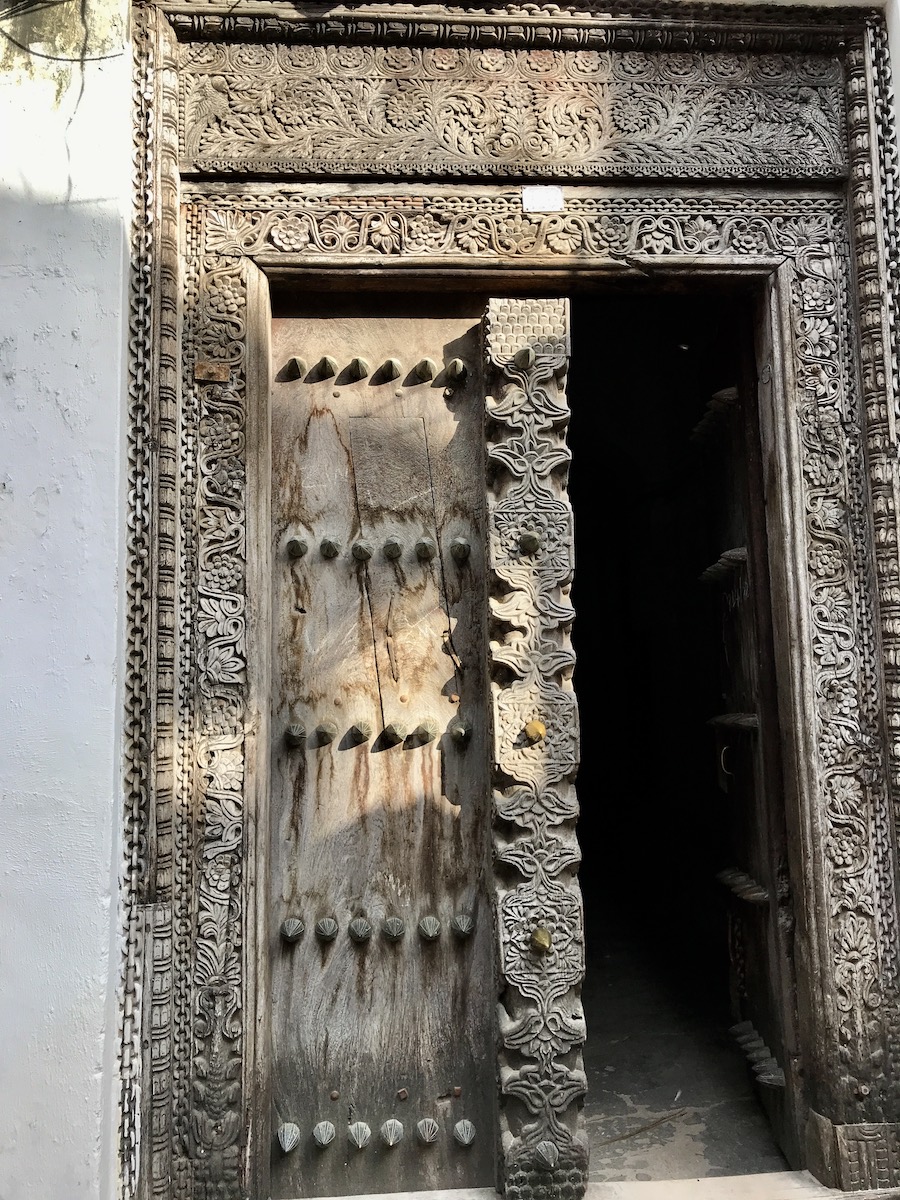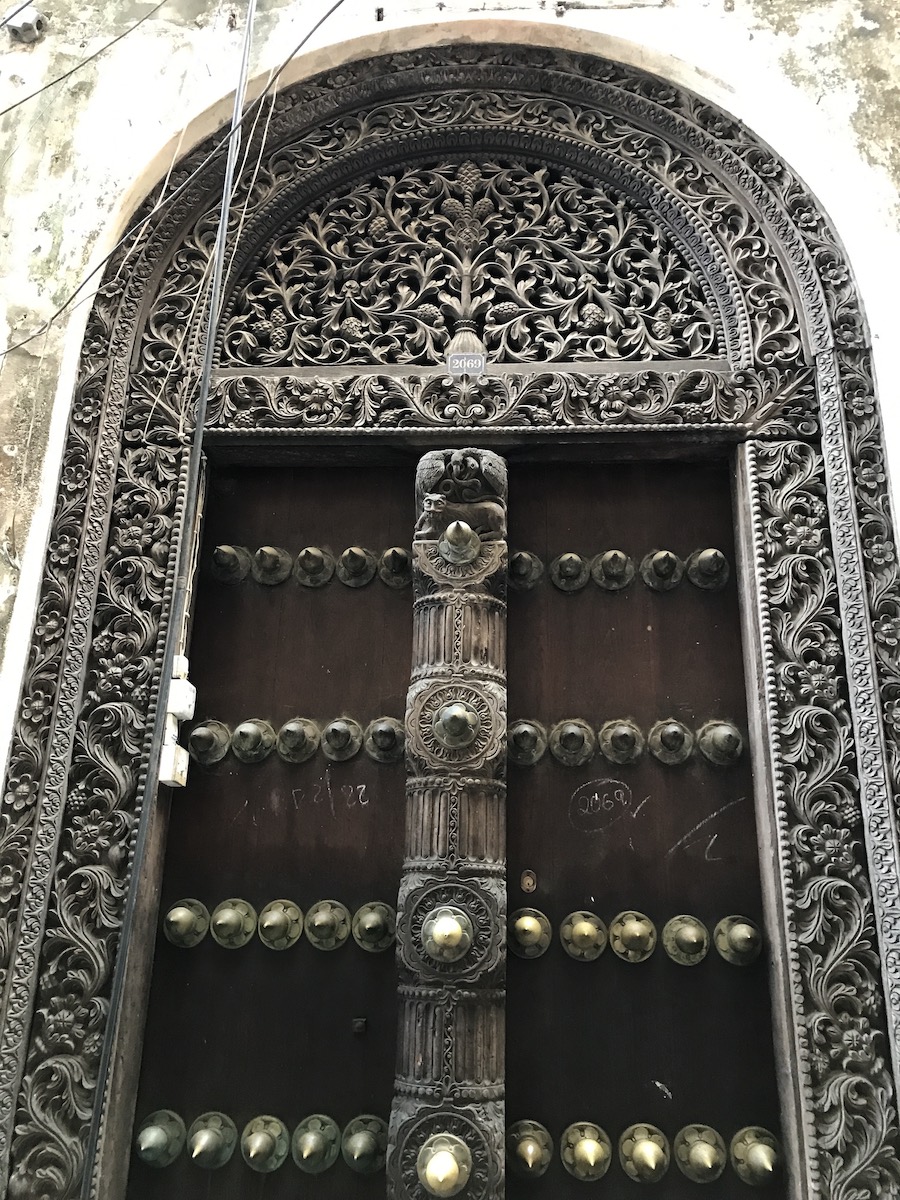Zanzibar, a spice-scented paradise off the coast of East Africa, is a place where history, culture, and artistry blend together in the most unexpected ways. It was an adventure to walk around the ancient streets of Stone Town and realize that the streets tell a story. One of the most fascinating elements of Zanzibar’s architecture is its doors—intricately designed, rich in symbolism, and steeped in history. This post isn’t a definitive guide to every door on the island, but rather a celebration of the craftsmanship and artistry that makes each door a unique part of Zanzibar’s story.
As you wander through the narrow streets of Stone Town, you’ll notice these doors are not just entrances—they’re works of art, full of detail and history. From brass studs to elaborate carvings, each door offers a glimpse into the island’s diverse past and the cultural influences that have shaped it over the centuries.
A Historical Snapshot: The Significance of Zanzibar’s Doors
Zanzibar’s doors carry the echoes of its rich history. They are not just functional but also serve as symbols of status, identity, and cultural exchange. Over the centuries, Zanzibar has been a crossroads for traders, explorers, and conquerors. The island has been home to Arab, Persian, Indian, and African cultures, and this fusion is reflected in its architecture—especially its doors.
In Zanzibar, the door is a statement. The size, style, and decoration often indicated the wealth and social status of the homeowner. Wealthy merchants and prominent families commissioned doors made of carved wood, often featuring intricate patterns and designs that spoke to their heritage and affiliations. Many of these designs were influenced by Islamic, Indian, and African motifs, a fusion that created a unique, distinctive style.
Types of Doors and Their Significance
While Zanzibar’s doors may seem similar at first glance, a closer inspection reveals a wealth of variety in design and symbolism. Here are a few of the common types you’ll encounter:
1. Swahili Doors
Swahili doors, characteristic of Stone Town, are perhaps the most iconic of Zanzibar’s doors. They often feature elaborate carvings, with floral or geometric patterns. The intricate designs are inspired by Islamic art, with motifs that are sometimes symbolic, such as the crescent moon, a symbol of Islam. Swahili doors are also noted for their heavy brass studs, which serve a dual purpose—protecting the door from elephants and other dangers, and offering a form of decoration that represents strength and protection.
2. Indian Doors
With the influence of Indian merchants on Zanzibar, especially during the spice trade era, you’ll often find doors with Indian-inspired elements. These doors are typically made of lighter wood and are sometimes adorned with bold, bright colors. Carvings often feature Hindu motifs like elephants, gods, or even scenes from everyday life in India, symbolizing the long-standing connections between Zanzibar and the Indian subcontinent.
3. Persian Doors
Zanzibar’s historical ties with Persia (modern-day Iran) can also be seen in some of the door designs. Persian doors tend to be more ornate, often featuring delicate metalwork and smaller, more detailed carvings. The wood used in Persian doors is often highly polished, and the brass studs, while present, are arranged in patterns that resemble Persian calligraphy and design motifs.
4. African Doors
Many of Zanzibar’s doors also feature elements from local African traditions. These doors tend to be simpler in design but are no less significant. Wood carvings often reflect local cultural beliefs, stories, and the natural world. The use of symbols like animals, nature, or abstract patterns can be seen as a form of spiritual protection or a reflection of the owner’s cultural identity.
Why Zanzibar’s Doors Matter
These doors aren’t just pieces of wood and metal; they are the storytellers of Zanzibar’s past. They reflect the island’s complex history—its rise as a major trading port, its time as a hub for the spice trade, and its role as a center of cultural exchange between Africa, the Arab world, and Asia.
The doors also represent the enduring craftsmanship of the people who created them. Many of these doors were hand-carved by local artisans who passed down their skills through generations. In a world where mass production has taken over much of our built environment, the doors of Zanzibar remain a testament to the art of handcraftsmanship and the enduring power of cultural tradition.
As you look at these doors, consider the life that has passed through them—whether they were the entrance to a grand merchant’s house, a simple family home, or a bustling business. Each door has a story to tell.
A Photographic Journey: Capturing the Beauty of Zanzibar’s Doors
The best way to experience Zanzibar’s doors is, of course, to see them for yourself. This post is just a small sampling of the artistry you can find as you walk through Stone Town’s winding streets. From massive, imposing doors to smaller, delicate ones, each tells a story in its own way.
Through my lens, I’ve captured the beauty and uniqueness of these doors, hoping to convey just a fraction of their grandeur. As you scroll through these images, take a moment to appreciate not just the beauty of the doors themselves, but the history they represent and the artistry they showcase.
In conclusion, Zanzibar’s doors are not just functional—they are cultural treasures. They speak to the island’s history, its diversity, and the skill of the artisans who brought them to life. So the next time you find yourself wandering the streets of Stone Town, take a moment to admire these masterpieces. They are more than just entrances—they are the thresholds to stories waiting to be discovered.
